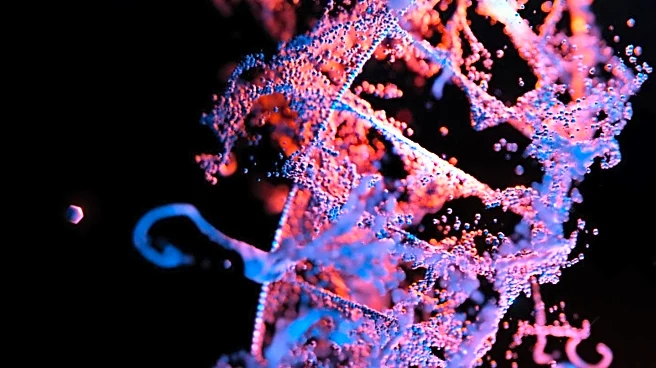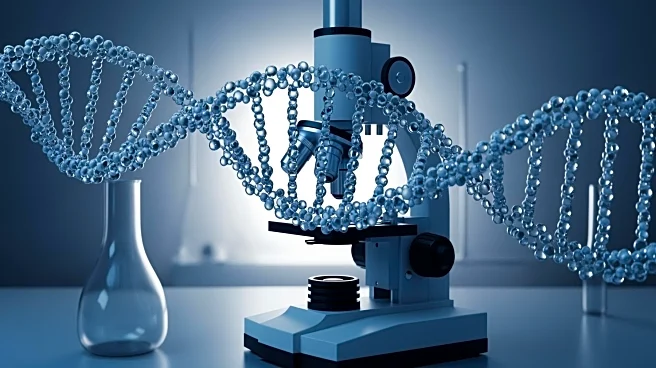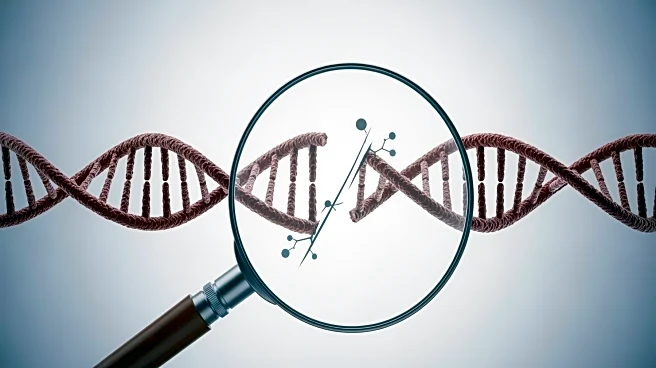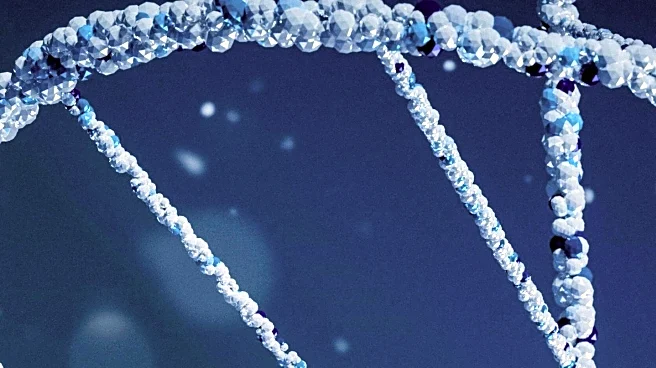What's Happening?
A recent study has uncovered the role of Galectin-9 in driving immunosuppressive macrophage populations within lymph node (LN) metastases. The research involved a pan-cancer single-cell transcriptomic
analysis of 859,744 cells across 132 samples from 11 cancer types. It identified a significant enrichment of IL-10-producing macrophages (Galectin-9high) in metastatic LNs, which activate the BTK/STAT3 pathway to drive IL-10 secretion and create an immune-tolerant niche. Mechanistic studies showed that inhibiting STAT3 selectively depletes these macrophages, and when combined with PD-1 blockade, reduces LN metastatic burden in vivo.
Why It's Important?
The study provides insights into the mechanisms of immune escape within LNs, which are crucial for cancer progression and metastasis. By identifying the Galectin-9/BTK/STAT3 axis as a driver of macrophage-mediated immune suppression, the research offers a potential therapeutic strategy to combat LN metastases. Targeting this pathway could enhance the effectiveness of existing immunotherapies, such as PD-1 inhibitors, and improve patient outcomes by reducing metastatic spread.
What's Next?
Further research may focus on developing targeted therapies that inhibit the Galectin-9/BTK/STAT3 axis to prevent immune suppression in metastatic LNs. Clinical trials could be designed to test the efficacy of combining STAT3 inhibitors with PD-1 blockade in reducing LN metastases. Additionally, studies might explore the role of Galectin-9 in other cancer types, potentially leading to broader applications of the findings.
Beyond the Headlines
The study highlights the complexity of the tumor microenvironment and the role of immune cells in cancer progression. Understanding the interactions between cancer cells and immune cells could lead to more effective treatments that not only target the tumor but also modulate the immune response. This research underscores the importance of personalized medicine in oncology, where therapies are tailored to the specific molecular and cellular characteristics of the tumor.











